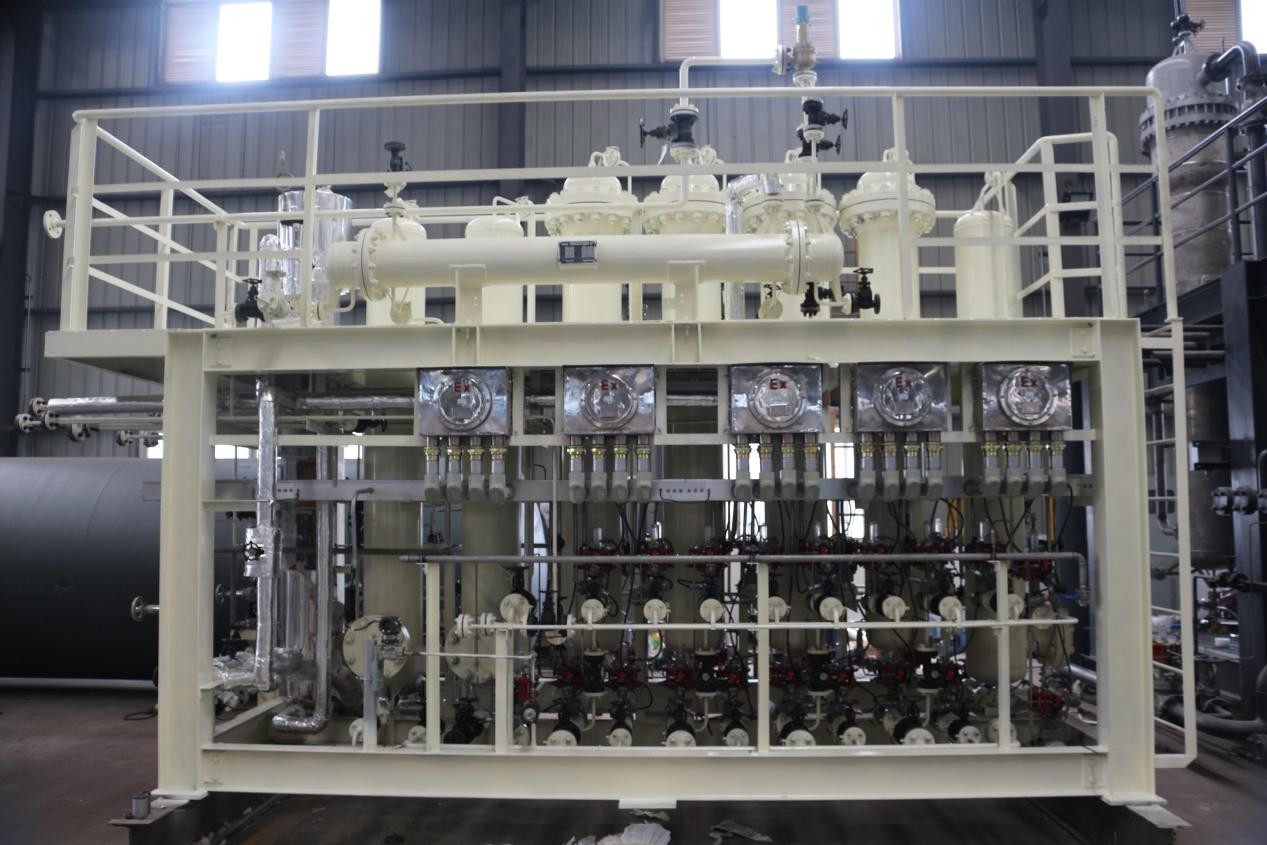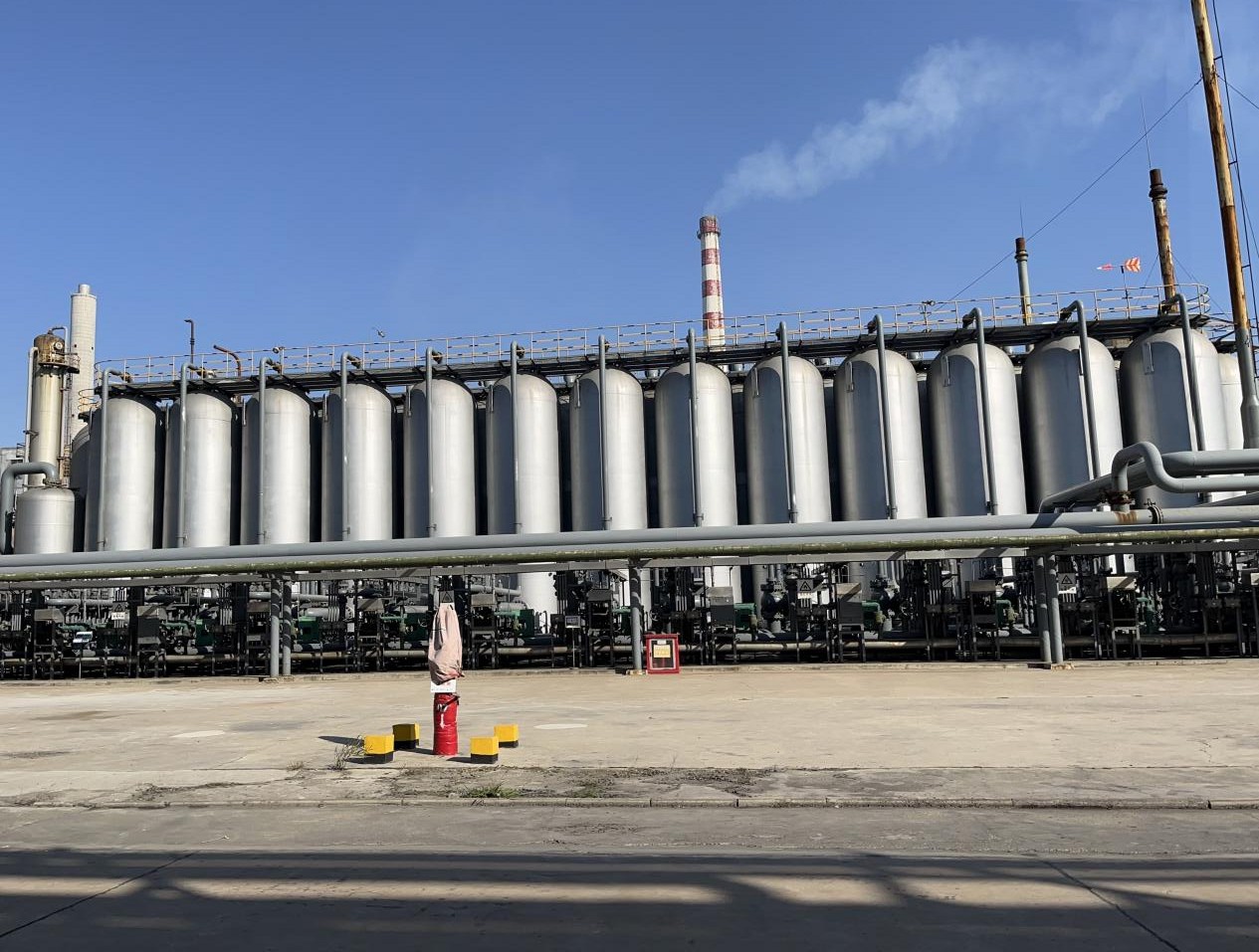Compliance Emission Treatment for Chemical Plant Tail Gas
Chemical enterprises generate significant amounts of exhaust gases during production, most of which are diverse, toxic, and emitted in large volumes, posing severe environmental risks. Effective comprehensive treatment is essential to reduce pollution levels and enhance environmental protection. Tail gas management strategies must align with production characteristics, incorporating scientific technologies and thorough analysis of influencing factors to optimize treatment efficacy.
Categories of Chemical Waste Gases:
[1]. Sulfur-containing compounds: Hydrogen sulfide (H₂S), mercaptans, dimethyl sulfide, thioethers, and sulfur-containing heterocyclic compounds.
[2]. Nitrogen-containing compounds: Ammonia (NH₃), amines, nitriles, nitro compounds, and nitrogen-containing heterocyclic compounds.
[3]. Carbon-hydrogen or carbon-hydrogen-oxygen compounds: Lower alcohols, aldehydes, fatty acids, etc.
RTO (Regenerative Thermal Oxidizer) Technology:
RTO utilizes a novel non-steady-state heat transfer method. Organic exhaust gases are heated to above 760°C, oxidizing volatile organic compounds (VOCs) into CO₂ and H₂O. The high-temperature gas flows through specialized ceramic heat storage bodies, which absorb and store thermal energy. This stored heat preheats incoming exhaust gases, significantly reducing fuel consumption.
Key Performance:
- Destruction Efficiency: 95–99%.
- Energy Recovery: Minimizes operational costs through heat regeneration.
 How to Produce Hydrogen
How to Produce Hydrogen
 Mechanism and Application of Desulfurization/Denitrification
Mechanism and Application of Desulfurization/Denitrification
 Application of Low-Power Ion Beam Dust Removal and Whitening
Application of Low-Power Ion Beam Dust Removal and Whitening
